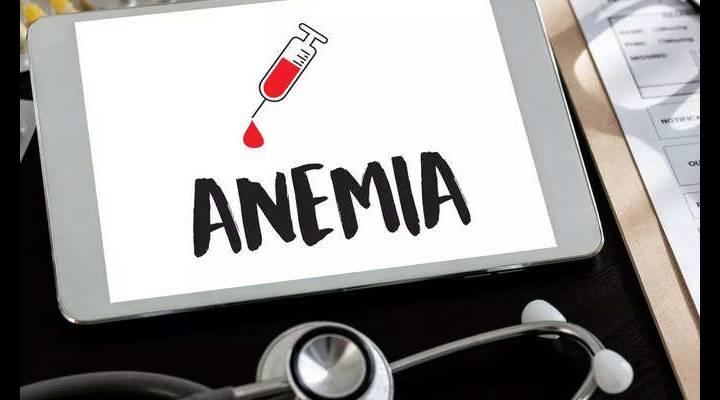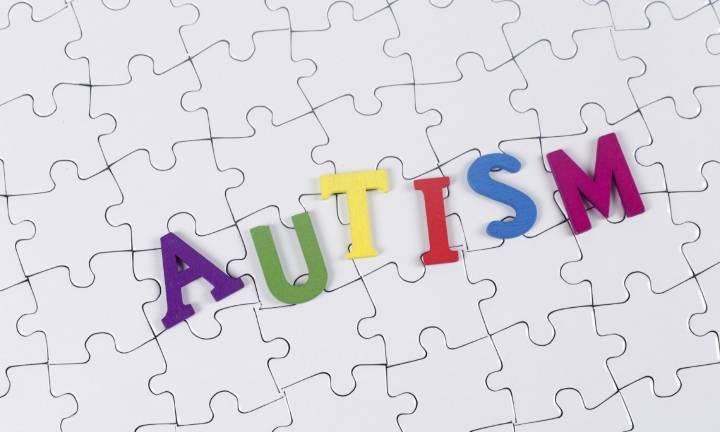The Impact of Anemia on Women’s Health: Recognising Signs and Symptoms

Globally, anemia affects 1.62 billion people, which corresponds to 24.8% of the population. WHO estimates that 42% of children less than 5 years of age and 40% of pregnant women worldwide are anaemic. Anemia is a condition in which the amount or quality of Haemoglobin (Hb) is less in the red blood cells (RBCs). This Hb is known to carry the oxygen from the lungs and deliver it to all parts of the body. An inadequate supply of oxygen in the tissues causes the signs and symptoms of anemia.
The optimal Hb concentration varies by age, sex, elevation of residence, smoking habits and pregnancy status. Anaemia can be due to nutritional deficiencies, like iron deficiency, or deficiencies in folate, vitamins B12; hemoglobinopathies; infectious diseases, such as malaria, tuberculosis, HIV and parasitic infections and blood loss. Though there are many types and reasons for anemia, the commonest type of anemia that we come across is Iron deficiency anemia.
As per the latest National Family Health Survey (NFHS), anemia in women has worsened in the past half-a-decade across India. Women between the age of 12 and 49 loose blood during menstruation each month. Hence, they need more iron to replace the lost blood. Women who bleed for longer periods and have heavy periods are at a higher risk. According to the Centre for Disease Control (CDC), typical menstrual bleeding lasts for 4 to 5 days and the amount of blood lost ranges from 2 to 3 tablespoons. Women develop anaemia during pregnancy. The main reason for this is that they require 50% more iron during pregnancy. Moreover, during childbirth women lose a lot of blood too. Women with excess menstrual bleeding typically bleed for more than 7 days and lose twice as much blood as normal. To add to that, recurrent pregnancies, endometriosis, uterine fibroids and diet fads across the country are some reasons that women are more likely to experience iron-deficiency anemia.
Milder anemia is usually silent without any symptoms. If untreated, this can worsen and become a chronic illness that might affect the woman at various levels of health. According to the American Society of Haematology (ASH), most people do not realize they have mild anemia until they have a routine blood test. Symptoms such as fatigue, weakness, dizziness, shortness of breath, pale skin, brittle nails, tingling in the legs, and headaches, among others can be indicators of anemia. This can also lead to tachycardia or heart ailments including heart failure or heart enlargement, reduced fertility or increased preterm deliveries or small babies (IUGR). Iron deficiency anaemia has also been shown to affect cognitive and physical development in children and reduce productivity in adults too.
Clinically, on examination, you might be pale which is evident on the palms, nail beds, lower eyelid, tongue mucosa, etc. Your heart rate will be on the higher side. Apart from these, there might be certain signs, which can indicate the cause of anemia such as gastric pain, or blood in stools, or other signs of malnutrition.
There are certain tests that are asked when you visit a doctor with your symptoms. These include Complete Blood Count (CBC) that tells us about your Hb level, your RBC size, and your haematocrit. Other tests advised that will provide information are the Iron studies- the iron/ferritin/ total iron binding capacity (TIBC) level in your blood, your RBC size and colour; or a sonography to find out any gynec cause; or stool sample, or endoscopy to rule out any Gastrointestinal blood loss.
Iron-deficiency anemia can be prevented by eating a diet high in iron-rich foods and vitamin C. Diet rich in red meat, dark green, leafy vegetables, dry fruits/nuts, iron-fortified cereals and citrus fruits are highly recommended. In pregnancy, iron and folic acid along with vitamin supplements are beneficial to reduce anemia and its risk during that phase. Also, mothers should feed their babies breast milk or iron-fortified infant formula.
The Government of India has launched Anemia Mukt Bharat program in 2018 to reduce the prevalence of anemia in the reproductive age group to 35%. It is critical to understand the burden and epidemiology of anemia, planning public health interventions, and considering clinical care for women across their life course. Emphasis should be on less number of births, improving BMI through diet, access to safe drinking water, sanitation, and menstrual hygiene.
Multiple level approaches such as awareness, behavioural change, communication and bringing a change in the various myths and norms related to women nutrition and health and reproductive needs, and gender norms are the need of the hour. Understanding the symptoms and interventions to address the underlying and basic causes of anemia can help manage this disease at a very early stage and improve the outcomes significantly.







